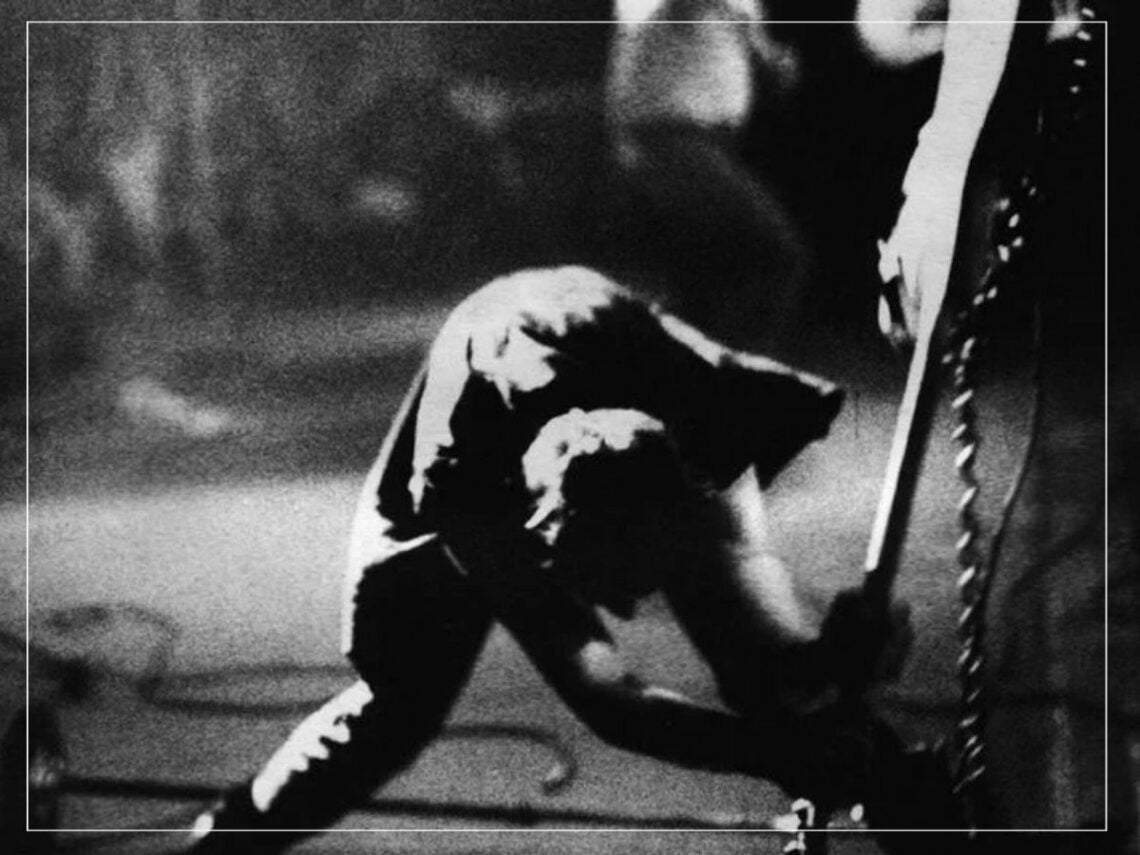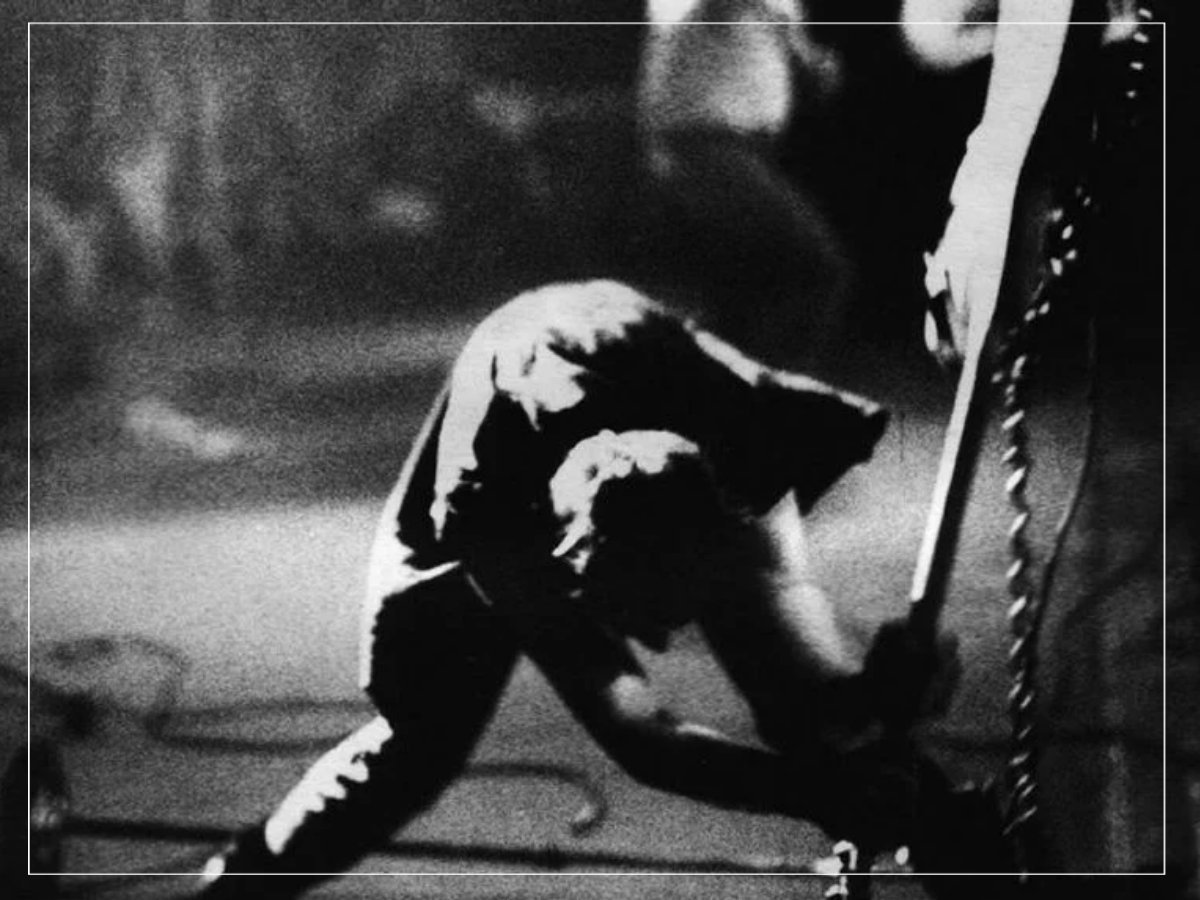
(Credit: Press)
Mon 25 August 2025 21:00, UK
There are some things so deeply embedded in our culture that we don’t even question them anymore. The devil horns gesture? Looks silly no matter what, and yet it’s still there. None of us is really thinking about where it came from and why.
Still, while there are countless gestures like these, ones that became so emblematic of rock and roll that they almost parodied themselves, smashing instruments on stage became the most iconic. But while it has become something of a comic symbol now, it was initially the ultimate sign of rebellion, a defiant attempt at shock value that made people stand up tall and yell, “That’s rock and roll, man!”
Where did it all kick off? Truth is, it’s hard to pin down. Some say it goes back to the early ’60s, when Rocky Rockwell did a tongue-in-cheek take on Elvis Presley’s ‘Hound Dog’ and wrapped it up by smashing his guitar for laughs. A few others used it either as a way to be funny or to get out their frustration. But when it all came together, when it all felt like a real moment, was when The Who came along.
There’s a reason why people immediately think of them (or specifically, Pete Townshend) whenever someone brings up musicians who smashed instruments on stage. He did it with such intense energy that it just makes you stop. But that’s really where it all came from. Townshend even once said himself that the first time he smashed a guitar, it was by accident. And the fact that nobody even really reacted to it made him angry. And so every time he went on stage after, he’d smash up a guitar and make a big thing of it, almost forcing the audience to be angry with him.
Which musicians smashed guitars on stage?
The first real shock came in 1964. Townshend stormed the stage and smashed his Rickenbacker to bits, letting out every ounce of anger and frustration in front of the crowd. The noise, the splinters, the chaos – it was pure theatre. The audience went mad, like they were watching a film unfold, not realising they’d just seen a moment that would go down in rock history. Before long, it wasn’t a one-off anymore. People started turning up half-expecting the carnage, waiting to see the madman at work.
But it wasn’t just Townshend who turned it into some sort of spectacle around this time. Soon enough, the idea caught on, and others started stealing his tricks to get a reaction from their audiences. Jimi Hendrix, for instance, famously lit his guitar on fire then smashed it up on stage in 1967 during a performance of the (appropriately titled) ‘Wild Thing’. In fact, this explosive moment at the Monterey Pop Festival was so memorable that people started to expect the same of him every time, too.
Nothing else could top it – a ritualistic display of anarchy could only be captured if something was being destroyed, and the guitar just seemed like the perfect thing to do it with. The ultimate symbol of music itself, as it were, was being destroyed and disrespected by its owners themselves. What’s more rock ‘n’ roll than that?
All things considered, though, it all comes down to Townshend. In fact, he apparently smashed up more than 30 guitars in 1967 alone, which tells you all you need to know, really. Not only was it his move, it represented the simple irony of rock in itself, and the fact that, to many, rock music is sacred. But it also comes from a place of immense frustration, the ultimate destroyer of itself, a literal depiction of the broken shards of aggression, even at the very hands of the industry and its most dedicated players.
Related Topics
